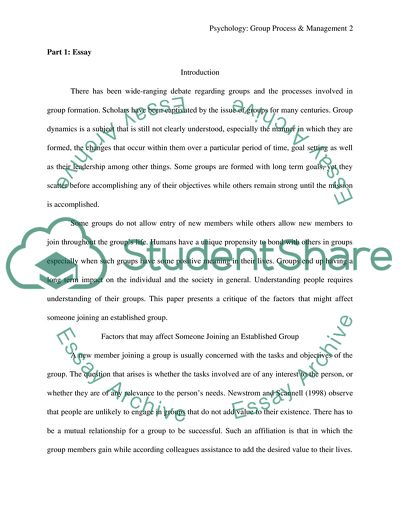Cite this document
(Psychology: Group Process & Management Term Paper, n.d.)
Psychology: Group Process & Management Term Paper. Retrieved from https://studentshare.org/psychology/1740502-psychology-group-process-management
Psychology: Group Process & Management Term Paper. Retrieved from https://studentshare.org/psychology/1740502-psychology-group-process-management
(Psychology: Group Process & Management Term Paper)
Psychology: Group Process & Management Term Paper. https://studentshare.org/psychology/1740502-psychology-group-process-management.
Psychology: Group Process & Management Term Paper. https://studentshare.org/psychology/1740502-psychology-group-process-management.
“Psychology: Group Process & Management Term Paper”, n.d. https://studentshare.org/psychology/1740502-psychology-group-process-management.


